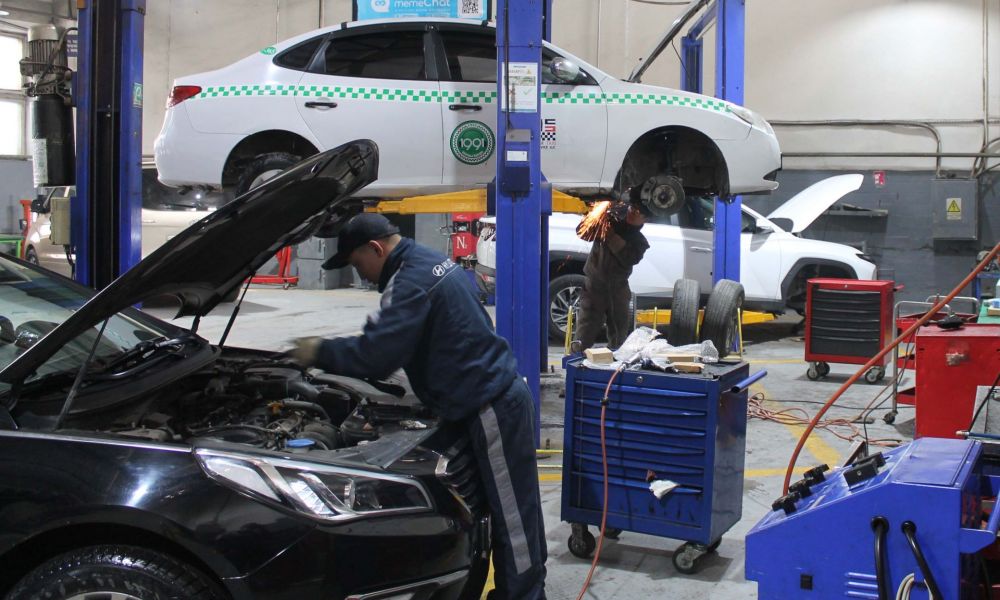Despite its apparent simplicity, the power window switch is an essential part of a contemporary car’s intricate communication system. It serves as an essential middleman, transmitting driver commands to the power window control module and, eventually, the window motor, rather than being a simple on/off switch. Examining the complex network of signals and reactions it triggers is necessary to comprehend its function. At Auto Repair in Littleton, Co, skilled technicians can assist in diagnosing and repairing any issues related to power window switches.
Interpreting Driver Input: The Switch as a Signal Sender
A power window switch produces a certain signal when a driver engages it, depending on the position the switch is moved to. This signal is more complex than a straightforward electrical current going straight to the motor. Rather, the control module for the power window decodes the message. Different signals correlate to different switch positions (up, down, auto-up, and auto-down). Depending on the system architecture of the vehicle, these signals may have different voltages, resistances, or even be digitally encoded. This “message” is received by the control module, which interprets it to determine if the driver wants to raise the window, lower the window, or start an automatic feature.
The Control Module’s Role: Orchestrating the Window Movement
Processing the signal from the switch, the power window control module serves as the system’s brain. It doesn’t give the motor power mindlessly. Rather, it evaluates the circumstances according to a number of criteria. For instance, it may take into account the window’s present location as measured by sensors, any obstructions found and the system’s general health. The control module then instructs the window motor to function in accordance with the results of this thorough assessment.
Beyond Simple Up and Down: Advanced Communication Features
Advanced features like remote control, anti-pinch capabilities, and one-touch operation are frequently included in contemporary power window systems. The communication between the control module and power window switch is crucial to these functionalities. For example, the auto-up or auto-down function may be activated by a prolonged push on the switch. To avoid harm or damage, the control module instantly reverses the window’s direction if the anti-pinch mechanism senses an impediment.
Conclusion
It’s critical to comprehend the communication chain while diagnosing power window problems. If the power window cannot be controlled by the switch, there may be a problem with the control module, motor, wiring, or switch itself. The source of the issue can frequently be identified by reading diagnostic trouble codes (DTCs) with a scan tool. By identifying communication problems between the switch and the control module, these codes may help technicians concentrate their troubleshooting efforts on the pertinent system parts. Therefore, despite its apparent simplicity, the power window switch is a crucial component of an intricate system that needs a robust communication network.


